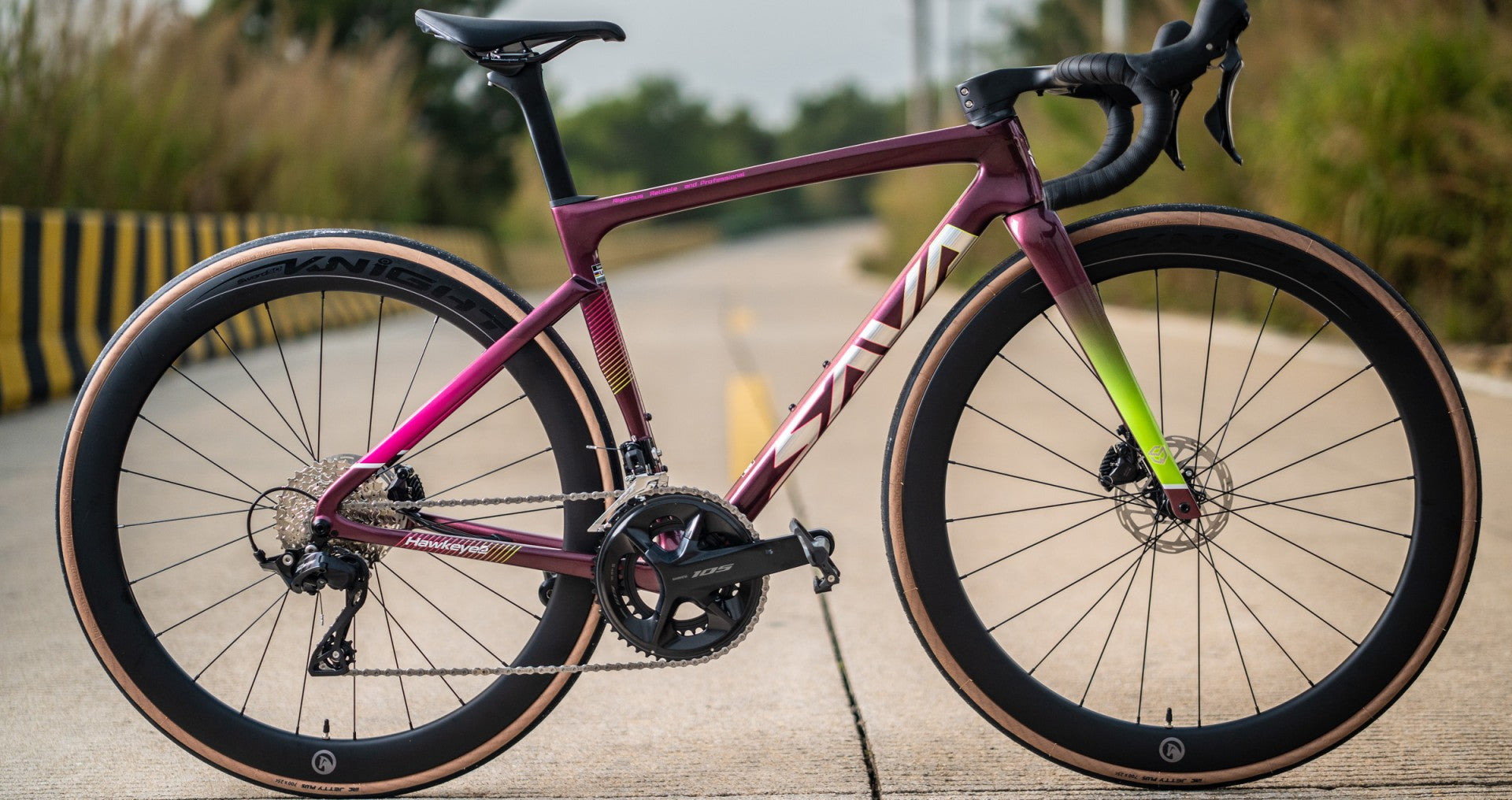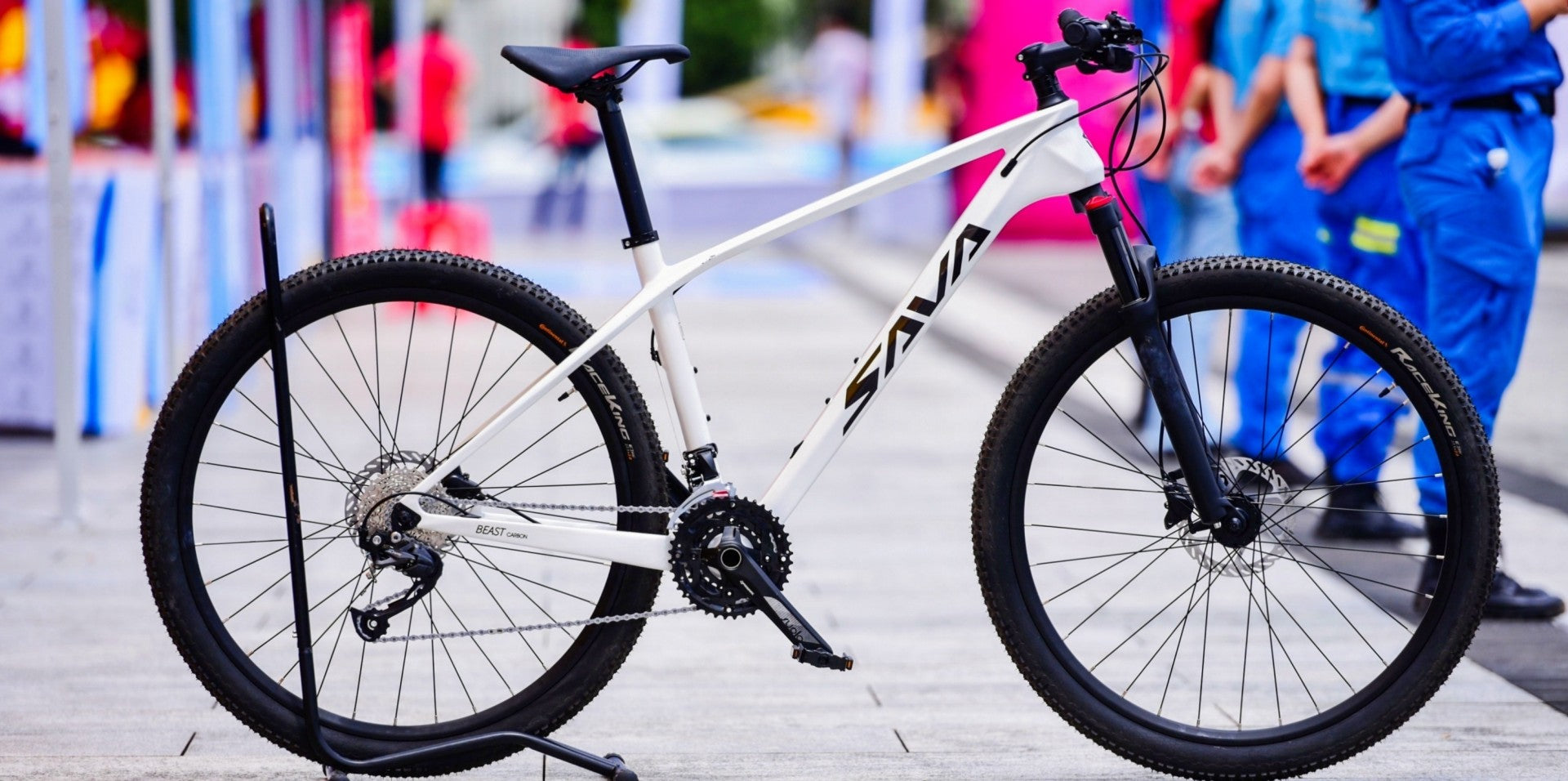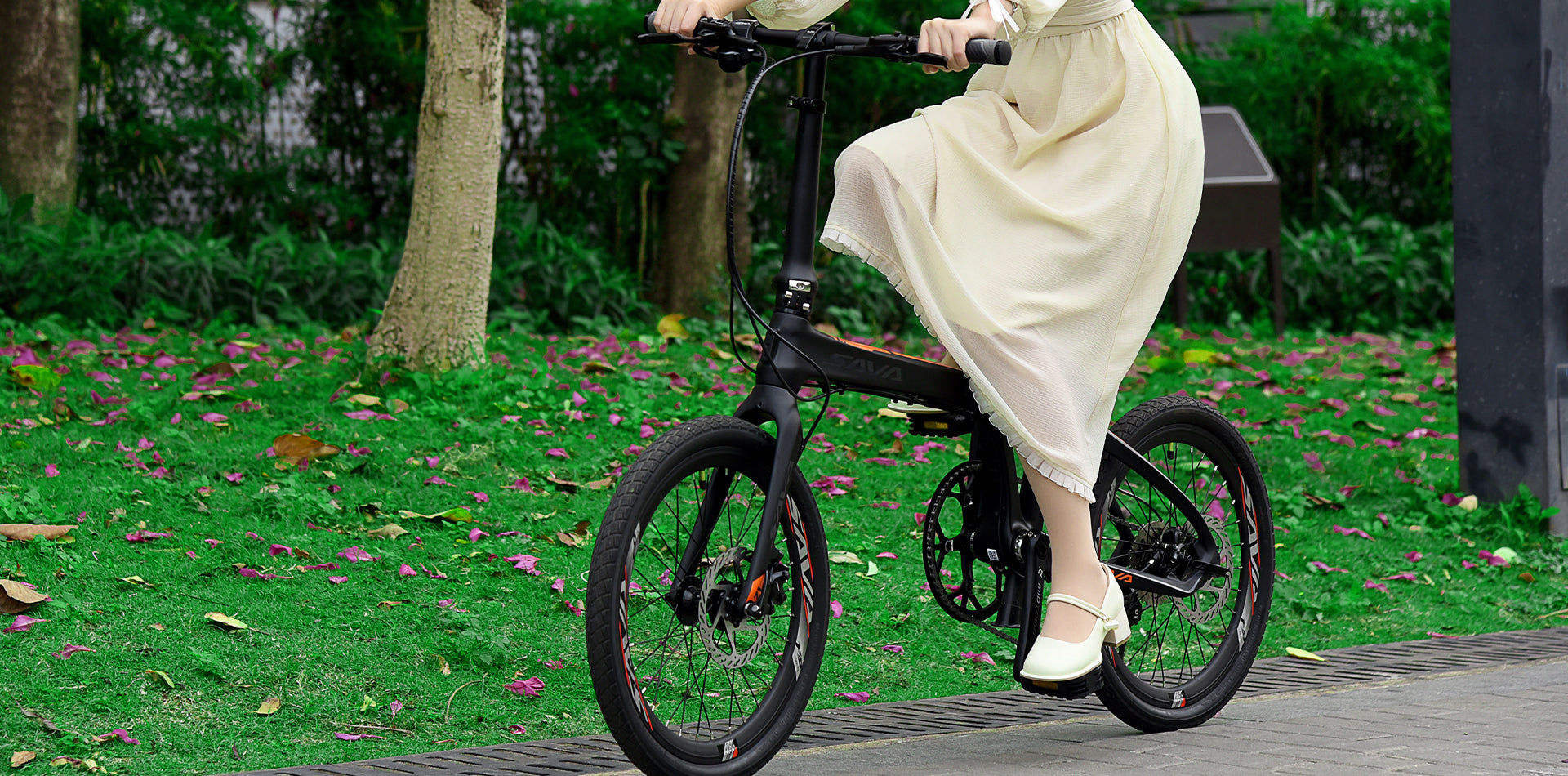Frenos para bicicletas de carretera: Frenos de llanta vs. Frenos de disco mecánicos vs. Frenos de disco hidráulicos
A la hora de elegir el tipo de frenos adecuado para tu bicicleta, hay varias opciones a considerar. Los frenos de disco mecánicos, los frenos de disco hidráulicos y los frenos de llanta tienen sus propias ventajas y desventajas. Por lo tanto, compararemos estos tres tipos de frenos para ayudarte a tomar una decisión informada.
¿Qué son los frenos de llanta?
Los frenos de llanta, también llamados frenos de pinza, son sistemas de frenado que constan de dos brazos (como en forma de U, V o cantilever) a los que se fijan las pastillas de freno. El brazo se conecta a la maneta mediante un cable. Es el tipo de freno tradicional que se usa en la mayoría de las bicicletas. Utilizan las pastillas para frenar, presionando los laterales de la llanta y reduciendo la velocidad o deteniendo la bicicleta. Los frenos de llanta son ligeros, económicos y fáciles de mantener. Sin embargo, su eficacia disminuye en condiciones de humedad o barro, ya que la superficie de frenado de la llanta puede volverse resbaladiza. Las bicicletas con frenos de llanta son más comunes en bicicletas de carretera y urbanas tradicionales. Son adecuadas para carreteras llanas, para circular por la ciudad, para paseos tranquilos y para desplazamientos al trabajo.

¿Qué son los frenos de disco mecánicos?
Los frenos de disco mecánicos utilizan un cable para activar la pinza, que a su vez presiona las pastillas contra el rotor para reducir la velocidad o detener la bicicleta. Suelen ser más económicos que los frenos de disco hidráulicos y su mantenimiento y reparación son más sencillos. Además, ofrecen una buena potencia de frenado y se ven menos afectados por la humedad o el barro que los frenos de llanta. Las bicicletas con frenos de disco son muy comunes en bicicletas de montaña, de carretera y urbanas, especialmente en modelos de gama alta. Son ideales para diversos entornos, como pendientes pronunciadas, descensos pronunciados y superficies resbaladizas.

¿Qué son los frenos de disco hidráulicos?
Los frenos de disco hidráulicos, por otro lado, utilizan fluido hidráulico para transferir la fuerza de la maneta de freno a la pinza. Esto se traduce en un frenado más preciso y constante, ya que los sistemas hidráulicos son autoajustables y requieren menos mantenimiento. Los frenos de disco hidráulicos ofrecen una excelente potencia de frenado y son muy recomendables para ciclistas que circulan frecuentemente en condiciones húmedas o con barro. Las bicicletas con frenos de disco hidráulicos se utilizan habitualmente en bicicletas de montaña de alto rendimiento y en algunas bicicletas de carretera de gama alta. Para ciclistas profesionales que requieren un mayor rendimiento de frenado y una mayor precisión en el ajuste de los frenos, los frenos de disco hidráulicos son la opción ideal.

Ventajas y desventajas
Ahora que tenemos un conocimiento básico de cada tipo de freno, comparemos sus ventajas y desventajas:
Frenos de disco mecánicos:
- Ventajas:
- Buena capacidad de frenado
- Menos afectado por condiciones húmedas o fangosas
- Más fácil de mantener y reparar
- Contras:
- Requiere mayor esfuerzo manual para activarse
- Rendimiento de frenado menos preciso y consistente en comparación con los frenos de disco hidráulicos.
Frenos de disco hidráulicos:
- Ventajas:
- Excelente potencia de frenado
- Rendimiento de frenado altamente consistente y preciso
- Se autoajustan y requieren menos mantenimiento
- Contras:
- Más caro que los frenos de disco mecánicos
- Puede ser más difícil de reparar
Frenos de llanta:
- Ventajas:
- Ligero
- Asequible
- Fácil de mantener y reparar
- Contras:
- Menos eficaz en condiciones húmedas o fangosas.
- El rendimiento de frenado puede verse afectado por el desgaste de la llanta.
¿Por qué utilizamos ejes pasantes en lugar de palancas de liberación rápida en las bicicletas con frenos de disco?
1. Fácil de quitar e instalar
2. El eje pasante es más rígido y estable que la palanca de liberación rápida . Este diseño mejora el rendimiento del sistema de frenos de disco, especialmente en condiciones de frenado intenso como el ciclismo de montaña o los descensos pronunciados.
3. Impacto en la conducción : El diseño de eje pasante generalmente reduce el movimiento entre el buje y la llanta, mejorando así la rigidez general del buje. Esto resulta beneficioso para mejorar la estabilidad y el manejo.
3. Alineación del disco y la pinza de freno: El uso de un eje pasante facilita la alineación entre el disco y la pinza de freno. Esto se debe a que los diseños de ejes pasantes suelen ofrecer un ajuste más preciso que ayuda a mantener una alineación correcta y mejora el rendimiento de los frenos de disco.
4. Adecuado para uso intensivo: Para uso intensivo que requiere mayor resistencia y rigidez, como descenso o conducción todoterreno, los ejes pasantes generalmente se consideran una opción más confiable y segura.
5. Limitaciones de la palanca de liberación rápida: En algunos casos, el diseño de la palanca de liberación rápida puede presentar ciertas limitaciones, especialmente al aplicar fuerzas de frenado elevadas o en condiciones de conducción extremas. Los ejes pasantes ofrecen mayor resistencia y durabilidad.
En definitiva, la elección entre frenos de disco mecánicos, frenos de disco hidráulicos y frenos de llanta depende de tu estilo de ciclismo, presupuesto y las condiciones en las que sueles rodar. Si priorizas la potencia de frenado y un rendimiento constante, los frenos de disco hidráulicos son la mejor opción. Sin embargo, si tienes un presupuesto ajustado o sueles rodar en condiciones secas, los frenos de disco mecánicos o los frenos de llanta pueden ser suficientes. Considera tus necesidades y preferencias antes de tomar una decisión, y siempre prioriza la seguridad al elegir los frenos para tu bicicleta.









Deja un comentario